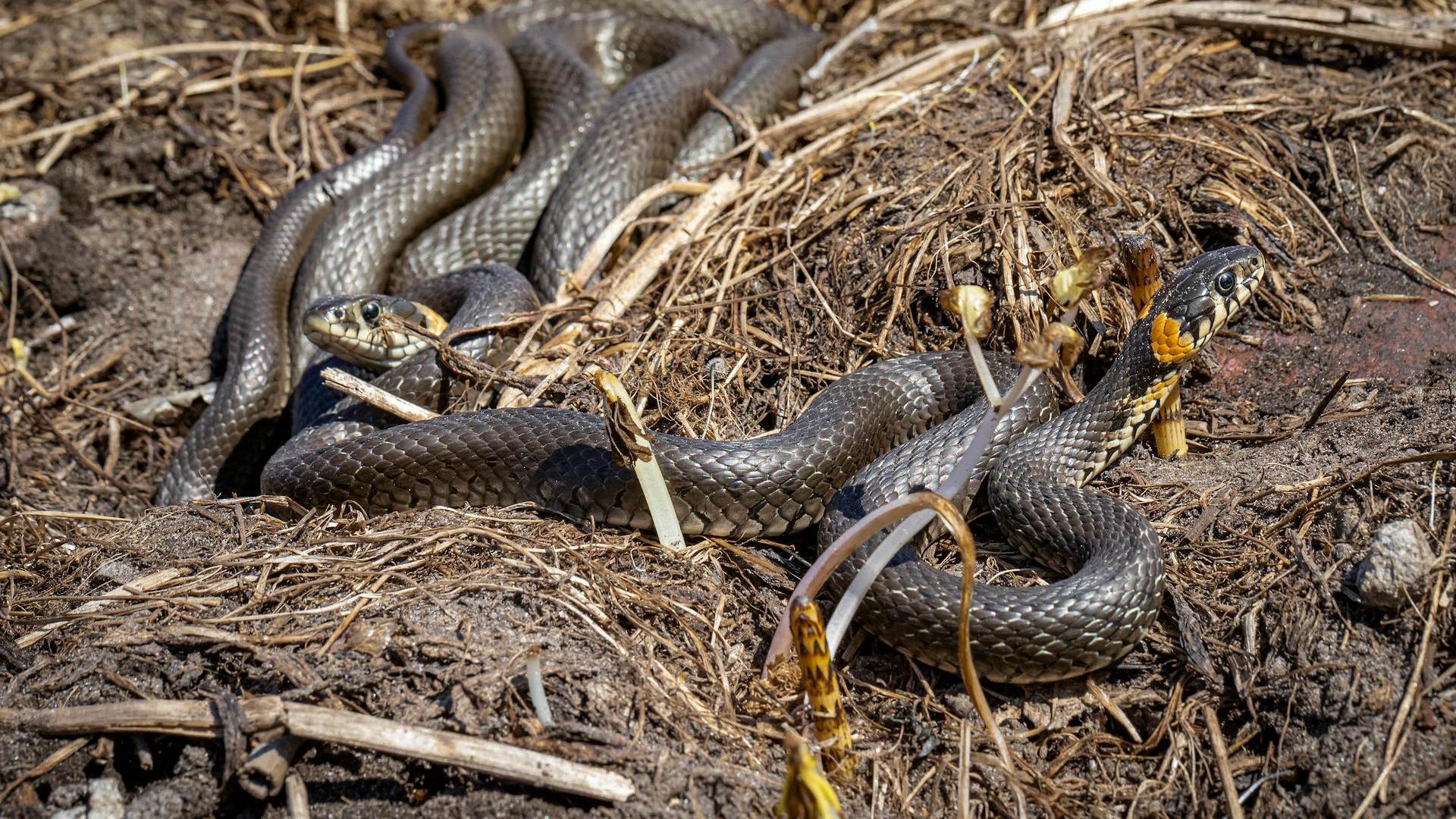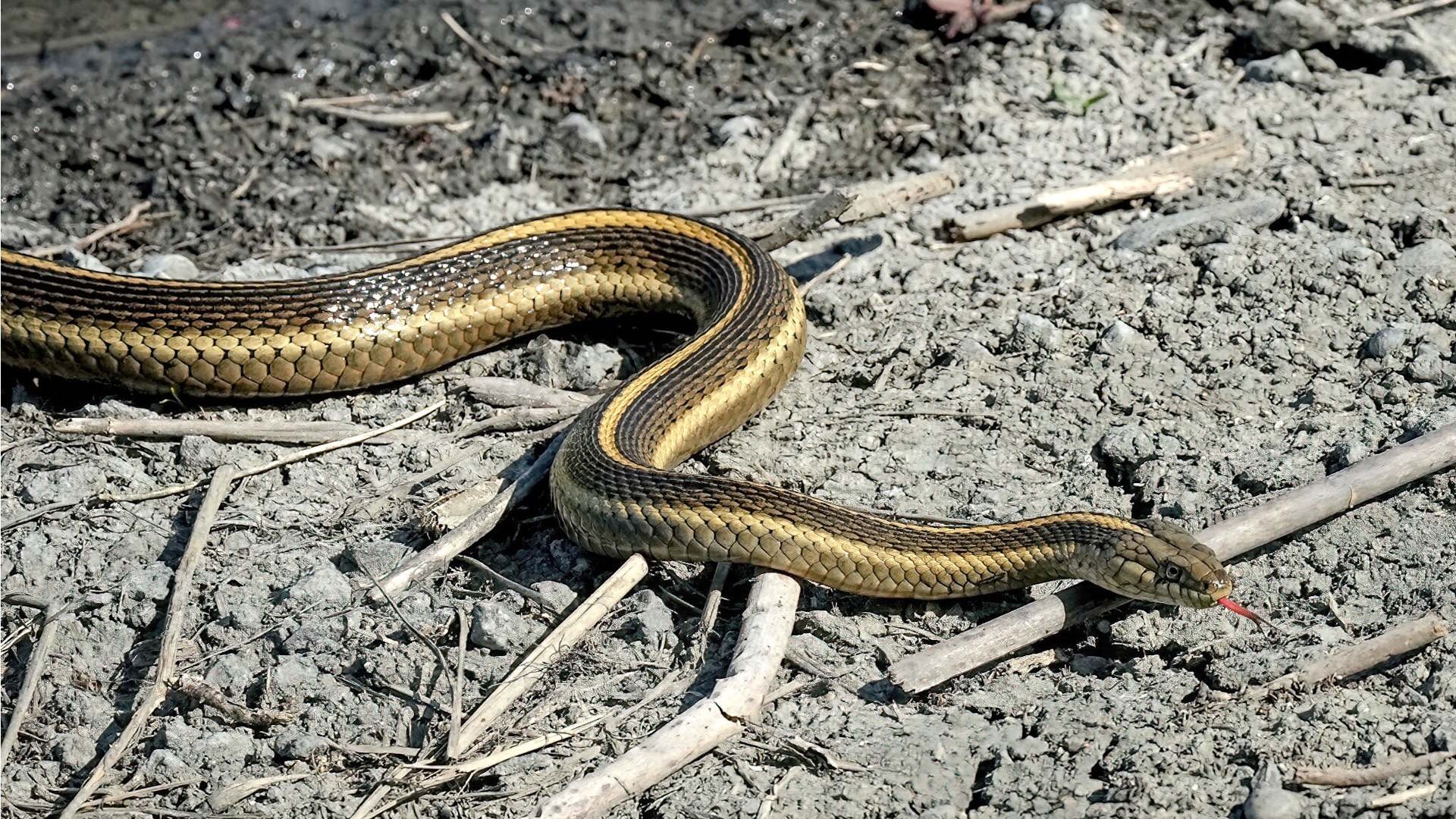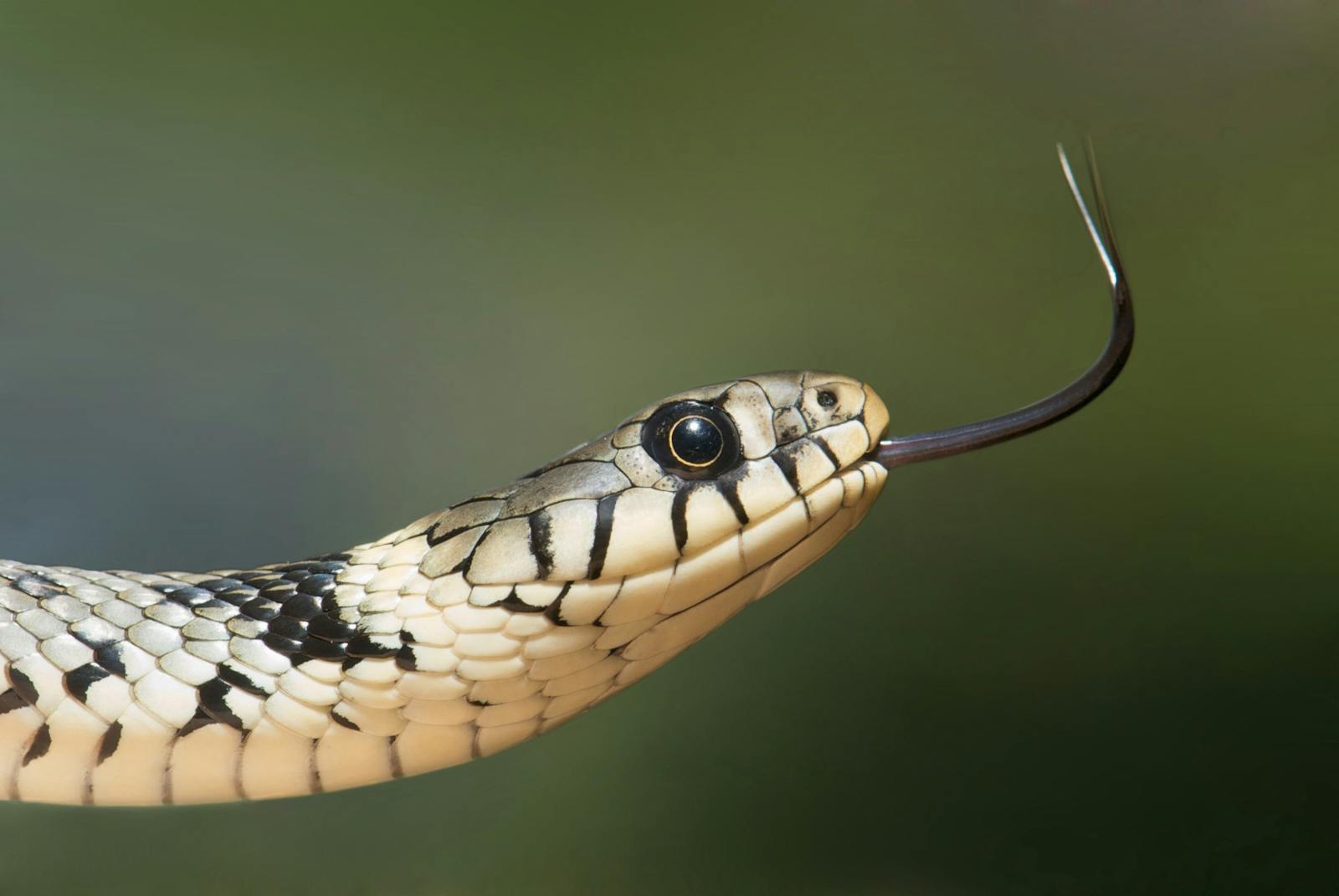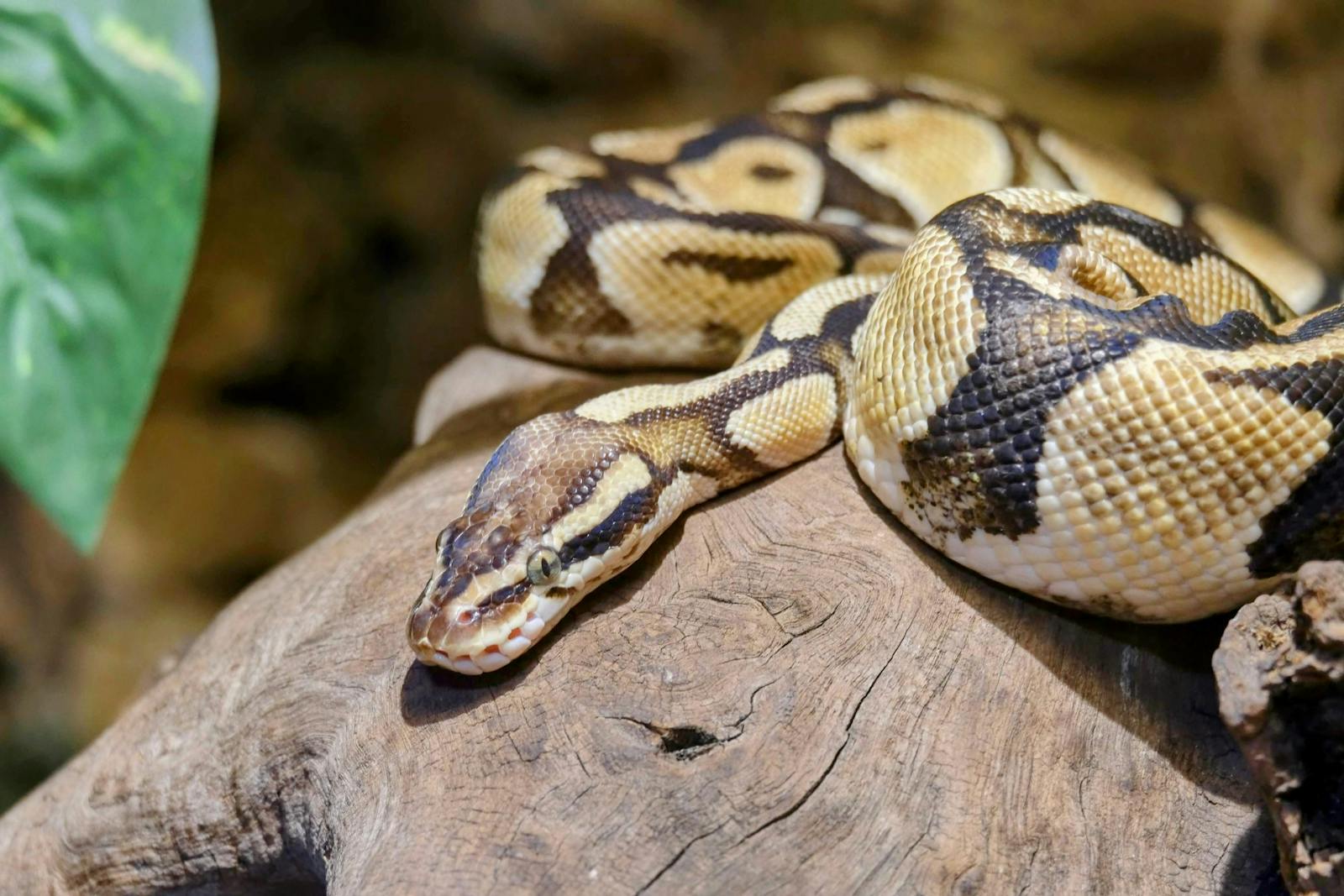Deep in the darkened undergrowth of forests and deserts around the world, certain venomous snakes hunt with extraordinary precision even in complete darkness. These remarkable reptiles possess what amounts to a sixth sense—specialized heat-detecting organs that allow them to create thermal images of their surroundings. Known as pit organs, these sophisticated biological sensors enable snakes to detect minute temperature differences and locate warm-blooded prey with astonishing accuracy. This remarkable adaptation represents one of nature’s most sophisticated predatory mechanisms, allowing these serpents to effectively hunt when visual cues are limited or nonexistent. As we delve into the fascinating world of heat-sensing snakes, we’ll discover how these specialized organs function, which species possess them, and how this evolutionary advantage has shaped their hunting behaviors.
The Remarkable Pit Organ Structure

Pit organs are specialized sensory structures located on the faces of certain venomous snakes, most notably pit vipers and some pythons and boas. In pit vipers such as rattlesnakes, copperheads, and cottonmouths, these pits appear as distinct facial depressions situated between each eye and nostril. The organ consists of a membrane stretched across a chamber that divides it into inner and outer portions. This membrane is extraordinarily thin—just a few micrometers thick—and contains thousands of temperature-sensitive receptors connected to the trigeminal nerve. The structure works like a pinhole camera for heat, with the inner chamber shielded from external temperature changes and serving as a reference point for the sensitive membrane. This intricate design allows the snake to detect temperature differences as small as 0.003 degrees Celsius, making it one of the most sensitive thermal detection systems in the animal kingdom.
The Evolution of Heat-Sensing Abilities
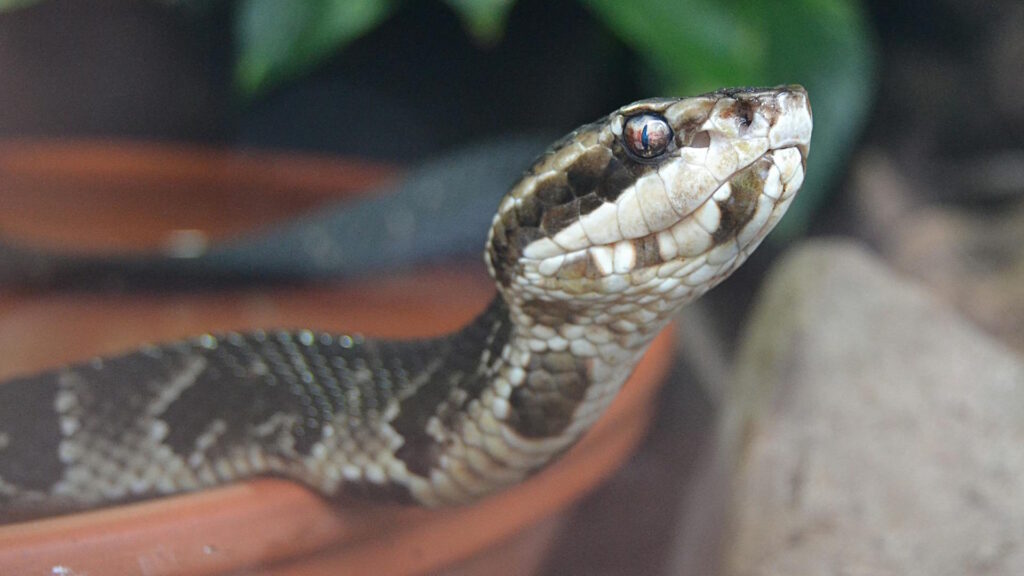
The evolution of heat-sensing pit organs represents a remarkable case of independent adaptation that has occurred in multiple snake lineages. Pit vipers (Crotalinae) and pythons and boas (Pythonidae and Boidae) developed their heat-sensing organs separately through convergent evolution, demonstrating the significant survival advantage this ability provides. Scientists believe these adaptations first evolved approximately 30 million years ago, with ancestral snakes gradually developing increasingly sensitive facial nerve endings that could detect the body heat of nearby mammals and birds. Over time, these nerve-rich areas became more specialized and developed into the complex pit organs we observe today. This evolutionary journey highlights how powerful natural selection can be in developing similar solutions to hunting challenges across different snake families. The independently evolved heat-sensing systems differ in structural details but serve the same functional purpose—creating a thermal advantage for predators hunting warm-blooded prey.
How Pit Organs Create “Thermal Vision”
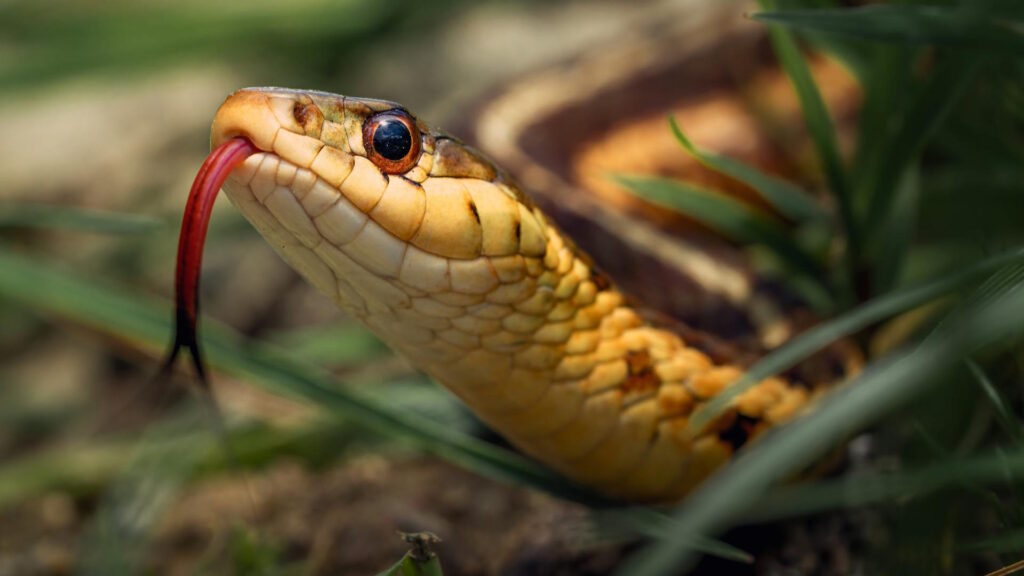
The sensory information collected by a snake’s pit organs is processed in a way that effectively creates a form of thermal vision. When infrared radiation (heat) from a warm-blooded animal reaches the pit membrane, it triggers temperature-sensitive ion channels in the terminal nerve masses. These TRPA1 channels, which belong to the transient receptor potential family of ion channels, generate electrical signals that travel via the trigeminal nerve to the brain’s optic tectum. Remarkably, this sensory information is processed in the same brain region that handles visual input, allowing the snake to create an integrated thermal-visual map of its surroundings. Research suggests that snakes likely perceive this thermal information as a type of image overlaid with their visual field, creating a composite picture that enhances their hunting abilities. This system allows the snake to detect prey based on its heat signature alone, even in absolute darkness or when the prey is completely still.
The Pit Viper Family’s Specialized Sensors
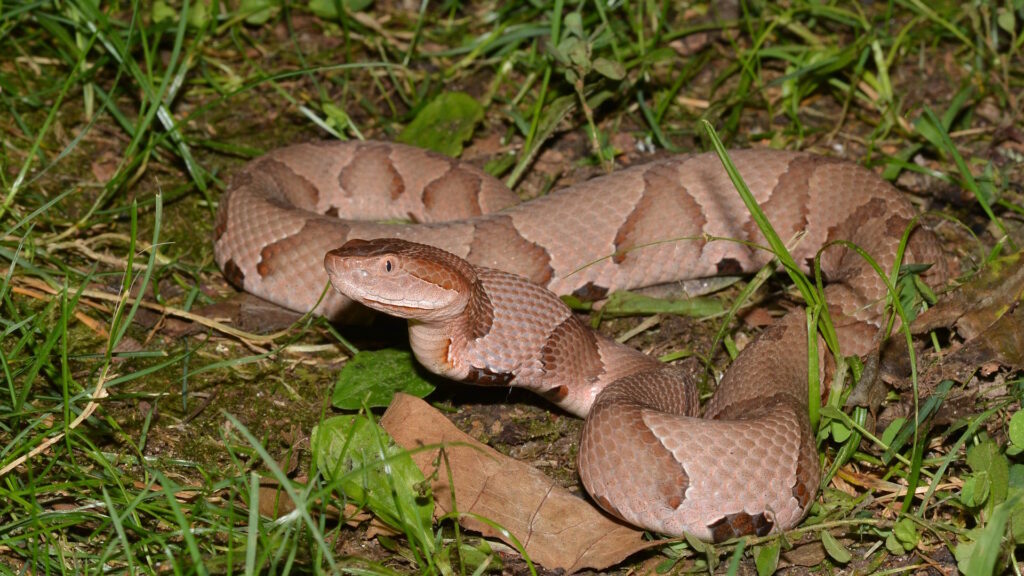
The Crotalinae subfamily, commonly known as pit vipers, includes some of the most notorious venomous snakes in the world, all unified by their highly developed facial pit organs. This group includes approximately 190 species across several genera, including rattlesnakes (Crotalus), cottonmouths and copperheads (Agkistrodon), and many Asian species like the deadly fer-de-lance (Bothrops). Each pit viper possesses a pair of large, deep pit organs that create a three-dimensional thermal sensing capability. The pits are positioned to give the snake optimal coverage of the area in front of it, with slightly different fields of “view” that provide depth perception similar to how our two eyes create stereoscopic vision. This positioning allows the snake to precisely gauge not just the direction of a heat source but also its distance, critical information when launching a strike at prey. The extraordinary sensitivity of these organs means a pit viper can detect a small mammal from up to one meter away based solely on its body heat.
Pythons and Boas: Alternative Heat Detection Systems

While pit vipers have the most advanced and well-studied heat-sensing organs, pythons and boas have evolved their own unique heat-detection systems. Instead of having two large facial pits, these snake families possess multiple smaller heat-sensitive labial pits along their upper and sometimes lower lip scales. The python family boasts particularly impressive thermal sensing capabilities, with species like the reticulated python (Python reticulatus) having dozens of these small pits creating a heat-sensing array around their mouths. These labial pits, while structurally different from the facial pits of pit vipers, serve a similar function by detecting infrared radiation from warm-blooded prey. Though generally considered less sensitive than the specialized organs of pit vipers, these multiple smaller pits provide wider sensory coverage and allow pythons and boas to effectively track prey in darkness. This alternative evolutionary solution demonstrates how different snake lineages have independently developed methods to exploit the thermal signatures of their prey.
Hunting in Complete Darkness

One of the most remarkable aspects of a heat-sensing snake’s predatory arsenal is its ability to hunt with deadly precision in absolute darkness. When all visual cues are eliminated, pit vipers can still accurately strike at warm targets based solely on thermal information. Laboratory experiments have demonstrated that blindfolded rattlesnakes can successfully target and strike at warm objects with nearly the same accuracy as when using all their senses. This ability represents an extraordinary evolutionary advantage, allowing these snakes to hunt during nighttime hours when many of their mammalian prey are most active. For nocturnal species like many rattlesnakes, the majority of hunting occurs during darkness, making their heat-sensing capability not just an advantage but an essential survival tool. This adaptation also explains why many heat-sensing snakes have evolved such potent venoms—their high strike accuracy combined with powerful toxins creates an extremely efficient predatory system.
The Range and Sensitivity of Thermal Detection
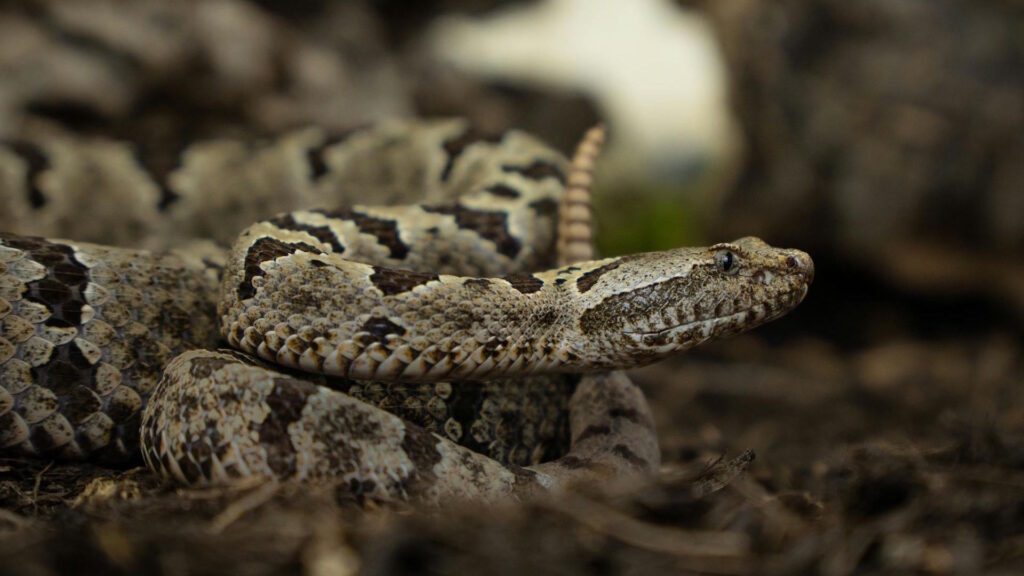
The thermal detection capabilities of pit organs are nothing short of extraordinary in terms of both sensitivity and range. Studies have shown that pit vipers can detect temperature differences as small as 0.003°C, making them among the most sensitive thermal sensors in the animal kingdom. This extreme sensitivity allows them to detect the heat signature of a small rodent from a distance of up to one meter away, providing ample striking range. The effective range of the heat detection system depends on several factors, including the size of the prey animal (larger animals generate more heat), ambient temperature (contrast is more detectable in cooler environments), and the species of snake (pit vipers generally have greater sensitivity than pythons or boas). Under optimal conditions, a large rattlesnake might detect a rabbit-sized mammal from distances of over a meter, giving it plenty of time to prepare for an ambush. This detection range significantly exceeds the striking distance of most snakes, allowing them to monitor prey movements and time their attacks for maximum effectiveness.
How Weather and Environment Affect Heat Sensing
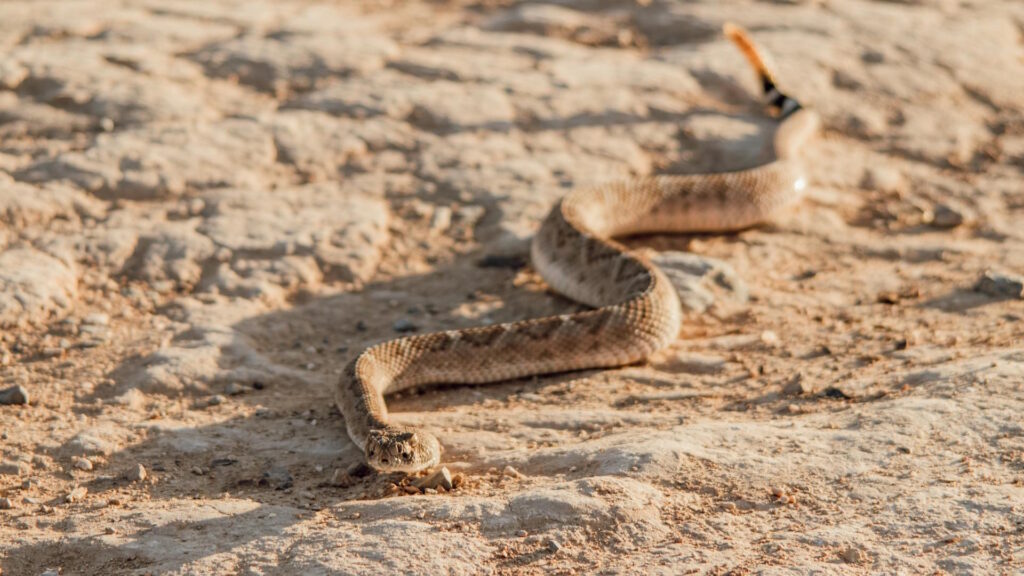
Environmental conditions play a significant role in the effectiveness of a snake’s heat-sensing abilities. Since these organs detect thermal contrasts rather than absolute temperatures, ambient conditions can dramatically impact their performance. In extremely hot environments where air temperatures approach the body temperature of prey animals, the thermal contrast becomes reduced, making detection more challenging. Conversely, in cool environments, warm-blooded prey stand out more dramatically against the background, enhancing detection. Humidity and precipitation also impact thermal sensing, with rain potentially cooling prey’s exterior temperature temporarily and high humidity affecting the transmission of infrared radiation. Many heat-sensing snake species have adapted their hunting behaviors to match these environmental limitations, often becoming more active hunters during temperature conditions that optimize their sensory advantages. Some desert rattlesnakes, for example, switch to nocturnal hunting patterns during hot summer months when the cooler nighttime temperatures create ideal conditions for their heat-sensing organs to function most effectively.
The Integration of Multiple Sensory Systems
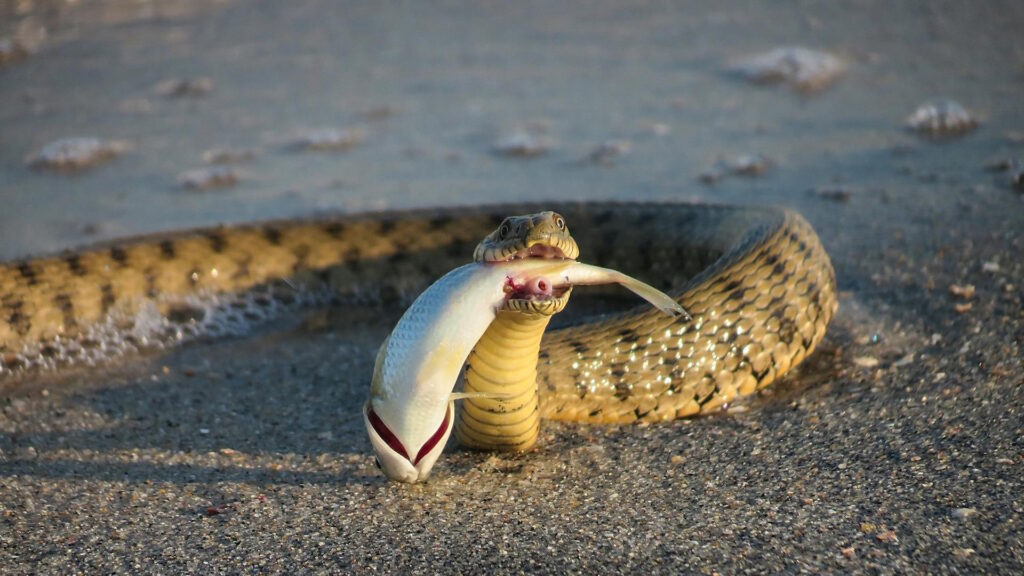
While heat-sensing capabilities provide pit vipers and other thermally sensitive snakes with a remarkable hunting advantage, these reptiles don’t rely on thermal detection alone. Instead, they integrate multiple sensory inputs to create a comprehensive awareness of their environment. A hunting rattlesnake, for example, combines visual information, chemical sensing through its vomeronasal (Jacobson’s) organ, vibration detection through its jaw resting on the ground, and thermal imaging from its pit organs. This sensory integration happens in specialized regions of the snake’s brain, particularly in the optic tectum where visual and thermal information converge. Research using advanced imaging techniques has revealed that neurons in this brain region respond to both visual and infrared stimuli, creating a unified perception. This sensory fusion allows the snake to create a more complete picture of potential prey, confirming a heat signature with visual identification or chemical cues from the prey’s scent. During a strike, this integrated sensory approach enables extraordinary accuracy, with many pit vipers able to target specific vulnerable areas on their prey.
Differences Between Species’ Heat-Sensing Abilities
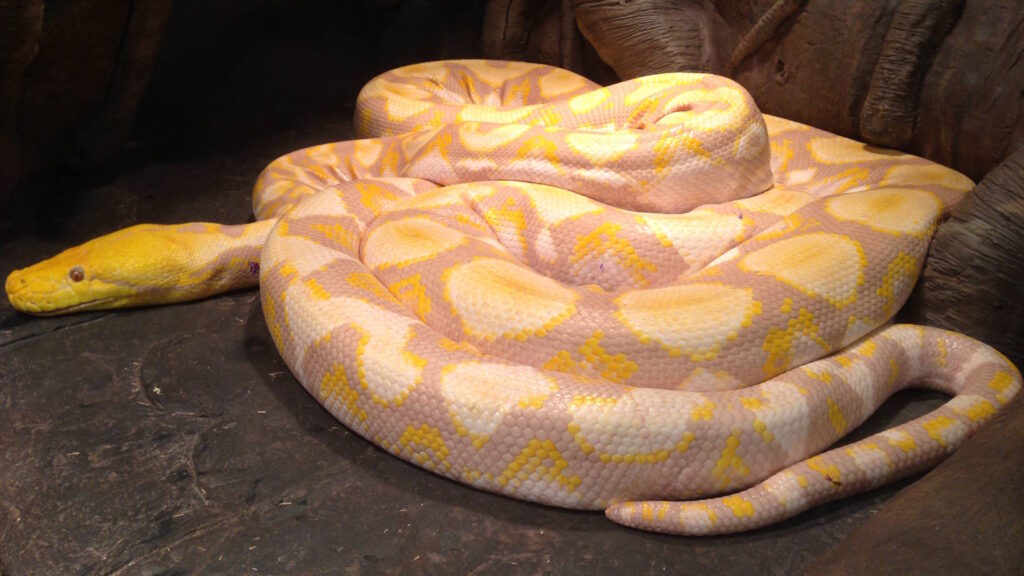
Significant variation exists in heat-sensing capabilities across different snake species, reflecting their evolutionary history and ecological niches. Among pit vipers, the larger-bodied species like eastern diamondback rattlesnakes (Crotalus adamanteus) generally possess larger, more sensitive pit organs compared to smaller species. Tropical pit vipers often have highly developed heat-sensing systems to help them locate prey in dense vegetation and low-light rainforest environments. Within the python family, the reticulated python (Python reticulatus) and Burmese python (Python bivittatus) have particularly well-developed labial pits, reflecting their regular predation on mammals. Interestingly, juvenile pythons often rely more heavily on their heat-sensing abilities than adults, as younger snakes typically target smaller, warm-blooded prey while adults may incorporate larger ectothermic animals in their diet. Geographic distribution also influences these adaptations, with species from temperate regions often showing seasonal variations in their reliance on thermal detection as environmental temperatures fluctuate throughout the year.
The Hunting Strategy: Ambush vs. Active Pursuit
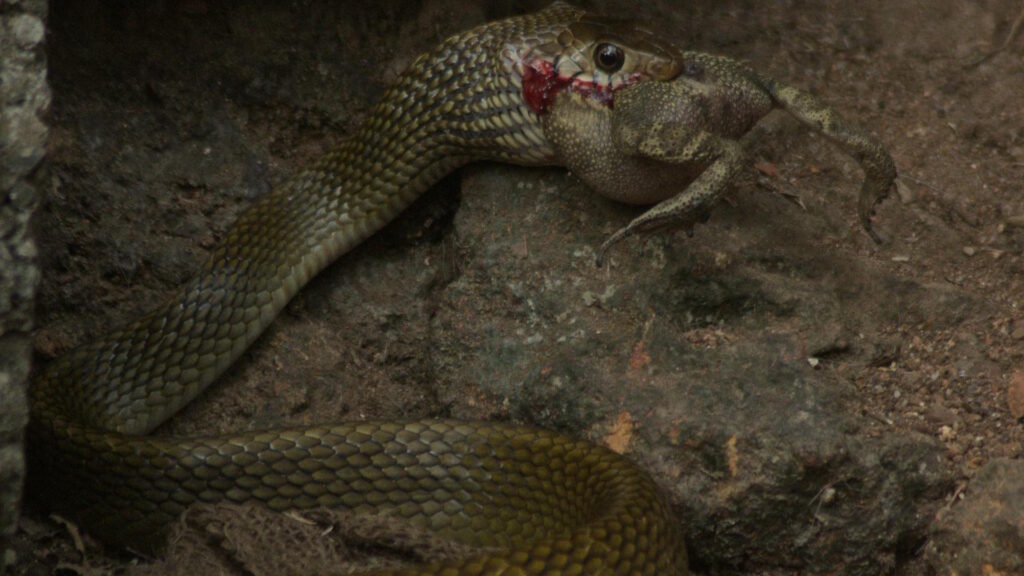
Heat-sensing abilities have profoundly shaped the hunting strategies of the snakes that possess them, with most species adopting an ambush predator lifestyle that maximizes the advantages of thermal detection. Pit vipers typically employ a sit-and-wait approach, coiling in a concealed position where they can monitor a game trail or rodent burrow entrance using their heat sensors. This allows them to conserve energy while waiting for prey to come within striking range, at which point they can launch precisely targeted attacks based on the thermal image. Some species, like many of the arboreal pit vipers of Asia, position themselves strategically on branches where the heat signatures of birds or small mammals passing below are easily detected against the cooler background. While most heat-sensing snakes are ambush predators, certain species like the bushmaster (Lachesis muta) may actively hunt using their thermal detection to track prey through the forest floor. The ability to detect thermal signatures dramatically improves hunting success rates, with studies showing that pit vipers successfully capture prey on their first strike attempt 50-80% of the time—far higher than the success rates of snakes without heat-sensing capabilities.
Beyond Predation: Other Uses of Heat Sensing
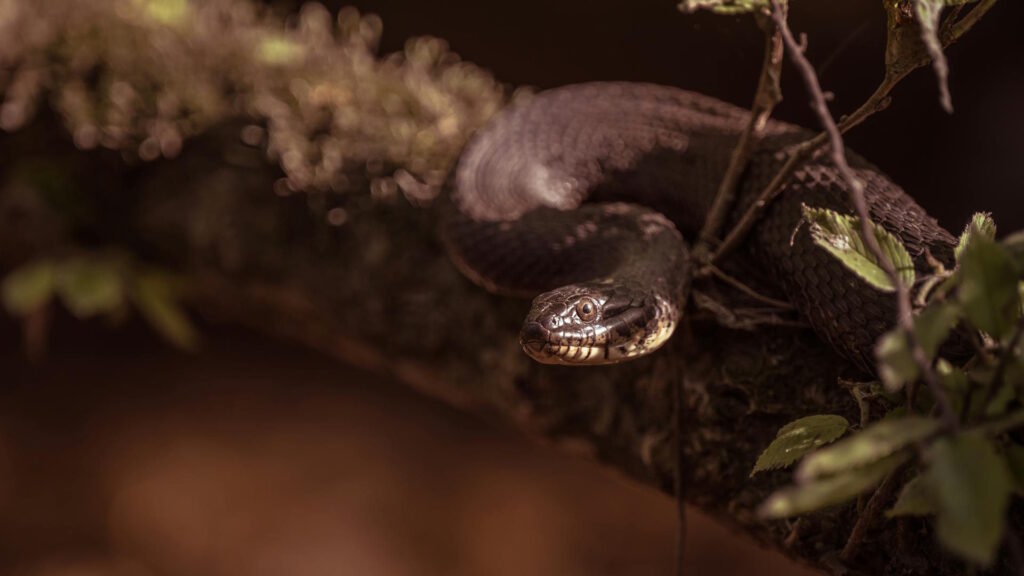
While hunting warm-blooded prey represents the primary function of heat-sensing organs in snakes, these remarkable adaptations serve additional purposes in the animals’ lives. Thermal detection plays a crucial role in defensive behaviors, allowing snakes to detect approaching predators that emit body heat, such as mammals and birds. When a large warm-blooded animal approaches, a pit viper can distinguish between potential prey and potential threats based on the size and movement pattern of the heat signature. Research also suggests that heat sensing may play a role in thermoregulation, helping snakes locate optimal basking spots by detecting warmer microhabitats. During breeding season, male pit vipers may use their thermal sensitivity to locate female snakes, which emit slightly elevated body temperatures when reproductively active. Some evidence even suggests that mother rattlesnakes may use their heat-sensing abilities to monitor their recently born offspring, which remain near the mother for protection during their first days of life. These diverse applications demonstrate how evolution has repurposed this specialized sensory system beyond its original predatory function.
Human Applications Inspired by Snake Heat Sensing
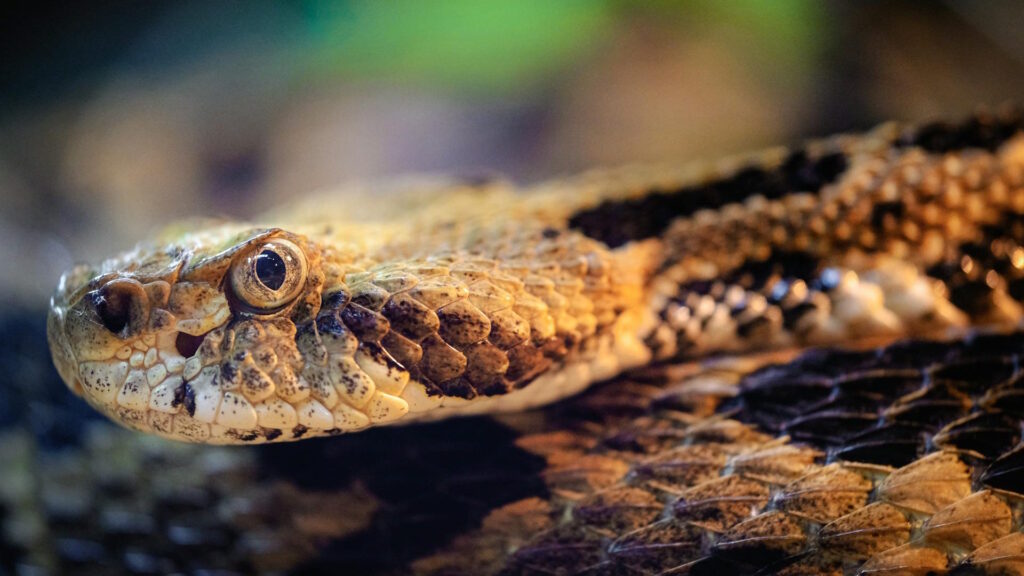
The extraordinary thermal detection capabilities of pit vipers have inspired scientific research and technological innovations across various fields. Military and security applications have drawn particular inspiration from these natural infrared detectors, with engineers developing bio-inspired thermal imaging devices that mimic the sensitivity and design principles of pit organs. Medical researchers have studied the extreme temperature sensitivity of the TRPA1 ion channels in pit organs to better understand pain perception and develop novel pain management medications. The structural design of pit organs has influenced architectural approaches to passive temperature regulation and monitoring in buildings. Conservation biologists have developed thermal imaging protocols based on snake physiology to better detect and monitor small mammals in wildlife studies. Perhaps most significantly, studying how snakes integrate thermal and visual information has provided valuable insights into sensory processing that informs the development of advanced artificial intelligence systems. These human applications demonstrate how nature’s evolutionary solutions continue to inspire technological innovations, with the remarkable pit organs of snakes serving as a blueprint for developing increasingly sensitive and efficient thermal detection systems.
Conservation Implications for Heat-Sensing Species
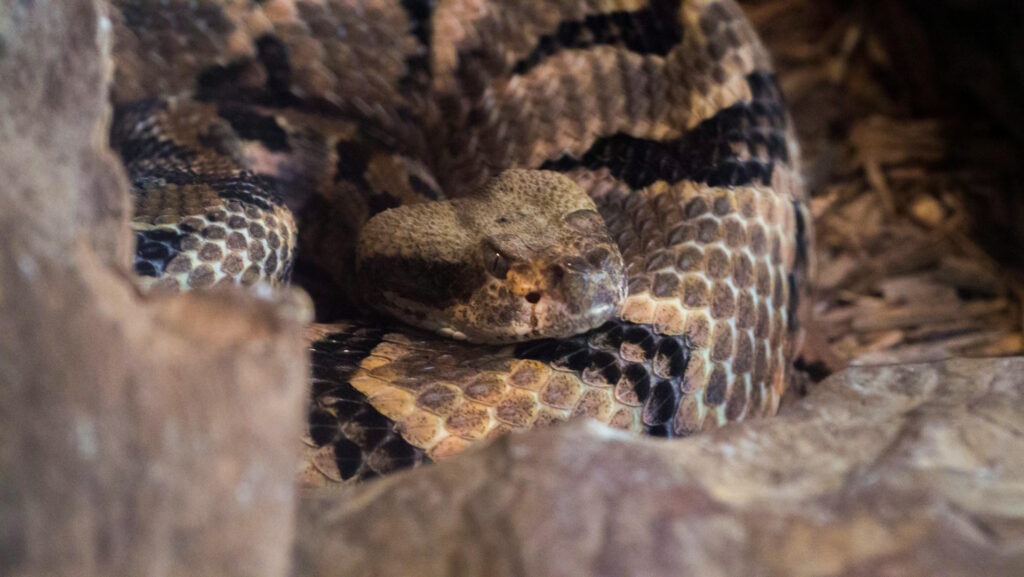
The specialized heat-sensing adaptations of pit vipers and certain python species present unique conservation considerations as these snakes face increasing environmental challenges. Habitat fragmentation and destruction particularly impact ambush predators like pit vipers, which often have specific microhabitat requirements for effective hunting using their thermal detection abilities. Climate change poses another significant threat, as rising temperatures may reduce the thermal contrast between prey and the environment, potentially compromising the effectiveness of heat-sensing organs. Many heat-sensing snake species face direct persecution from humans due to fear of their venomous nature, despite their ecological importance as controllers of rodent populations. Conservation efforts for these species increasingly focus on public education about their ecological role and the remarkable adaptations that make them unique components of biodiversity. Understanding the specialized sensory systems of these snakes helps conservation biologists develop more effective protection strategies that account for their specific needs and adaptations. By preserving these remarkable creatures, we maintain not only important ecosystem functions but also unique evolutionary innovations that continue to inspire scientific discovery and technological advancement.
Conclusion
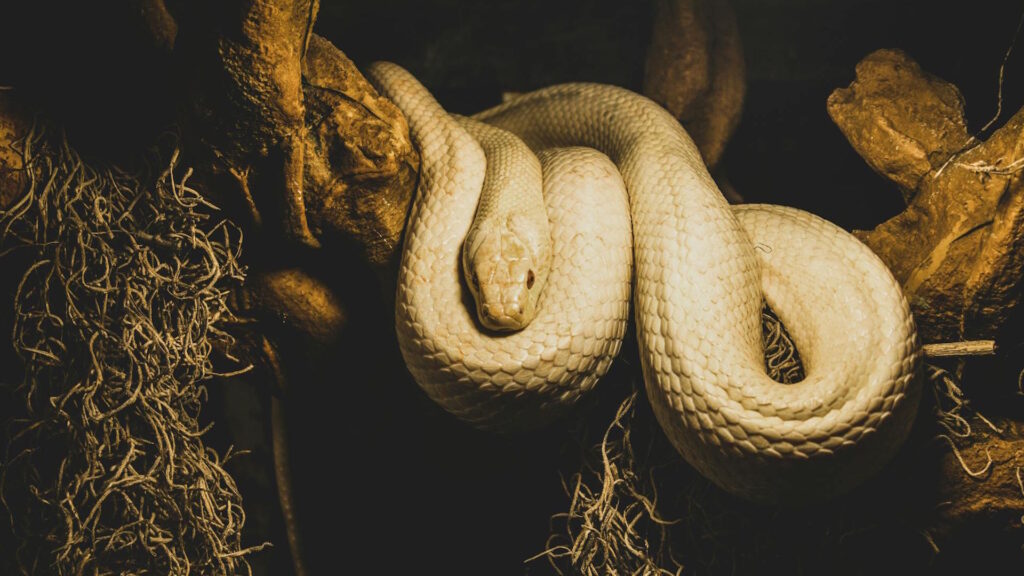
The heat-sensing capabilities of pit vipers and certain pythons and boas represent one of nature’s most sophisticated sensory adaptations. These remarkable organs allow snakes to detect the infrared radiation emitted by warm-blooded prey, creating a form of thermal vision that works even in total darkness. From the precisely structured pit organs of rattlesnakes to the labial pits of pythons, these adaptations demonstrate how evolution has produced extraordinarily sensitive biological infrared detectors. As we continue to study these fascinating systems, we not only gain insight into the sensory world of these predators but also find inspiration for technological innovations across multiple fields. The ability of a snake to detect a minute temperature difference and translate it into a precise predatory strike reminds us of the remarkable solutions that have evolved in the natural world—solutions that continue to both humble and inspire human scientific endeavors.

